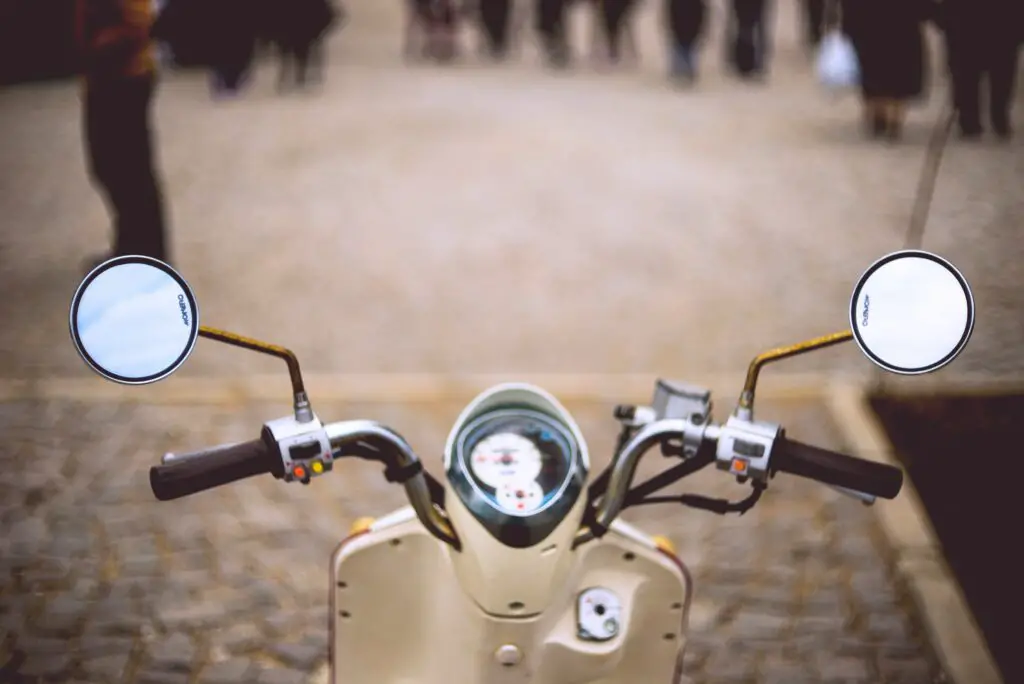Electric scooters have become a popular mode of transportation, offering convenience, eco-friendliness, and affordability for short-distance travel. One of the most frequently asked questions about electric scooters is, “How fast do they go?” The speed of an electric scooter depends on several factors, including its design, motor power, and road conditions. In this blog post, we’ll explore the various speed ranges of electric scooters, the factors that influence their speed, and tips for safe riding.
Average Speed of Electric Scooters
Electric scooters vary widely in speed, depending on their type and intended use:
1. Entry-Level Models
- Speed Range: 10-15 mph (16-24 km/h)
- Who It’s For: Ideal for beginners, children, and casual riders.
- Features: Smaller motors (250-350 watts), lightweight, and easy to handle.
2. Commuter Scooters
- Speed Range: 15-25 mph (24-40 km/h)
- Who It’s For: Perfect for urban commuters seeking a balance between speed and safety.
- Features: Medium-sized motors (350-500 watts) and reliable braking systems.
3. High-Performance Scooters
- Speed Range: 25-50 mph (40-80 km/h)
- Who It’s For: Enthusiasts and riders who prioritize speed and power.
- Features: Powerful motors (500-1000+ watts), larger wheels, and advanced suspension systems.
4. Off-Road and Extreme Models
- Speed Range: 50+ mph (80+ km/h)
- Who It’s For: Designed for off-road adventures and thrill-seekers.
- Features: Heavy-duty frames, dual motors, and advanced traction control.

Factors Influencing Electric Scooter Speed
The speed of an electric scooter isn’t solely determined by its motor power. Several factors can influence how fast it can go:
1. Motor Power
- Scooters with higher wattage motors provide greater acceleration and top speeds.
- Entry-level models typically have motors under 500 watts, while high-performance models may exceed 2000 watts.
2. Battery Capacity
- A larger battery can sustain higher speeds for longer periods.
- Low battery levels may reduce the scooter’s speed to conserve energy.
3. Rider Weight
- Heavier riders may experience slower speeds due to increased load on the motor.
- Most scooters have a weight limit, so staying within the recommended range ensures optimal performance.
4. Terrain
- Flat, smooth surfaces allow for higher speeds, while hills and rough terrain can slow the scooter down.
- Off-road models are designed to handle uneven surfaces more effectively.
5. Weather Conditions
- Wind resistance and wet roads can affect a scooter’s speed and stability.
- Riders should adjust their speed to match road and weather conditions for safety.
Safety Tips for Riding at High Speeds
Riding an electric scooter at high speeds can be exhilarating, but safety should always come first. Here are some tips to ensure a safe ride:
- Wear Protective Gear: Always wear a helmet, and consider knee and elbow pads if riding at higher speeds.
- Inspect Your Scooter: Check the brakes, tires, and battery before each ride.
- Follow Local Laws: Adhere to speed limits and regulations in your area.
- Be Mindful of Road Conditions: Reduce speed on wet, uneven, or crowded roads.
- Use Lights and Reflectors: Ensure your scooter is visible, especially at night or in low-light conditions.
Final Thoughts
Electric scooters offer a wide range of speeds to suit different needs, from casual rides to high-speed thrills. While commuter models are perfect for city travel, high-performance scooters cater to those seeking more speed and adventure.
Regardless of your scooter’s capabilities, always prioritize safety and adhere to local regulations to enjoy a smooth and secure ride. Have questions about choosing the right electric scooter or maximizing its speed? Let us know—we’re here to help!
Discover more from Chikwem
Subscribe to get the latest posts sent to your email.